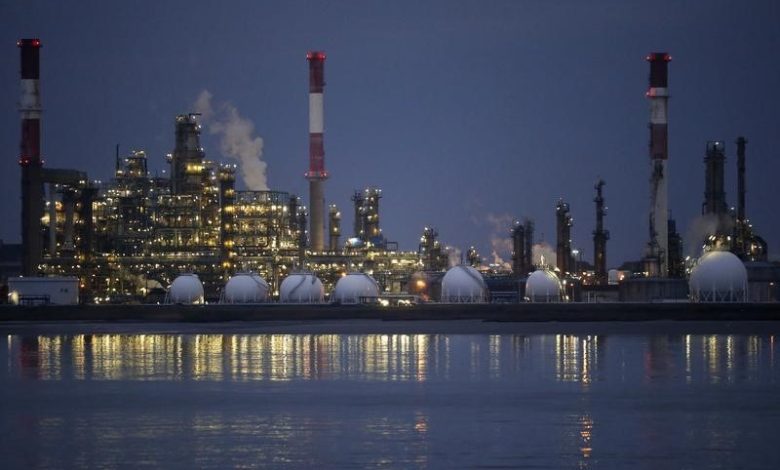
U.S. Retail Gasoline Prices Reach New High as Refiners Struggle to Meet Demand, Reports Reuters
By Laura Sanicola
Retail gasoline prices in the United States experienced a notable increase on Tuesday, reaching an all-time high, surpassing the previous record set in March. This surge comes as global refineries are facing a bottleneck that is inflating prices just before the driving season begins.
The average retail price for a gallon of gasoline climbed to $4.374 early Tuesday, exceeding the former record of $4.331. Although futures prices have dropped by 7% since March 30, gasoline futures have risen by 9.4%, peaking at $3.7590 per gallon before experiencing a decline on Monday.
Refinery closures, both planned and unplanned, have contributed to rising fuel prices, even as the U.S. and other countries attempt to increase global crude oil supply. Fuel stockpiles are dwindling due to a resurgence in demand to pre-pandemic levels. The situation worsened following Russia’s invasion of Ukraine and subsequent sanctions imposed by the U.S. and its allies, exacerbating the supply constraints.
Mike Jennings, CEO of HF Sinclair Corp, noted that the world has lost approximately 1 million barrels of refining capacity and 1.5 million barrels of oil supply since the pandemic began. "That represents 2.5% of global consumption…it’s a significant figure," he remarked.
During the spring, refiners typically focus on boosting gasoline output in preparation for the warmer months when driving activity increases. However, in recent weeks, there has been a shift toward increasing distillate production to satisfy rising demand for jet fuel and diesel in Europe, Latin America, and the United States, particularly due to the impact of Western sanctions on Russia’s exports.
Gary Cunningham, director of market research at Tradition Energy, indicated that refiners are committed to maintaining high operation levels. "Refinery utilization is expected to remain very high throughout the year," he said.
Meanwhile, diesel fuel prices have reached a record of $5.45 per gallon at the pump this week. Despite these high prices, U.S. fuel costs remain significantly lower compared to other major consumer nations like the United Kingdom, Japan, and France, where higher taxes elevate fuel prices.
Patrick DeHaan, head of petroleum analysis at GasBuddy, expressed skepticism regarding a quick resolution to the situation, predicting that relief may not come until 2023 when additional refining capacity may become available in the Middle East and Asia.
Although oil prices—the primary cost component for refiners—have dropped nearly $20 from the peaks seen in March, falling due to the release of millions of barrels from U.S. strategic reserves and demand being tempered by COVID-19 lockdowns in China, overall product inventories continue to decline. According to the U.S. Energy Information Administration, gasoline inventories are down 3% compared to last year, totaling 228.6 million barrels.
The 3-2-1 crack spread, an indicator of refining margins, reached $54.34 on Monday, marking a nearly 150% increase compared to this time last year.
Jennings commented on the outlook for commodity prices, stating, "Assuming the economies remain relatively strong, we can expect commodity prices—particularly our product prices—to stay high."
 GOOGL
GOOGL  META
META 


